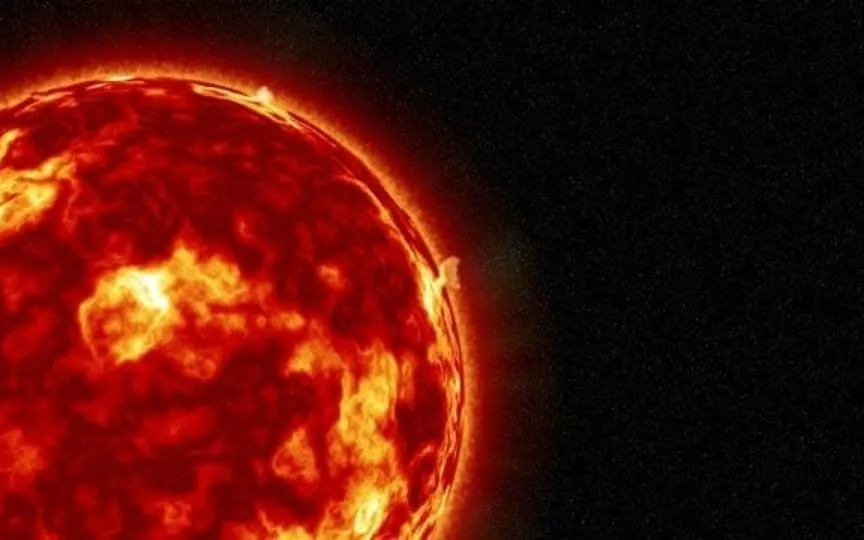Solar Storm Alert: CME Hits Earth, NOAA Warns of Further Disruption!
The Sun’s solar activity is increasing as it approaches the peak of its solar cycle, as previously predicted. However, we are now witnessing the beginning of this activity. Last month, there were numerous solar storms and radio blackouts caused by solar flares. Presently, the situation is deteriorating. The National Oceanic and Atmospheric Administration (NOAA) has reported that a coronal mass ejection (CME) recently impacted the Earth, resulting in a minor solar storm. Although not highly dangerous, the situation is expected to worsen. The NOAA has also disclosed that another CME is en route, which could combine with the previous one to generate a significantly stronger solar storm on Earth later today.
According to a Spaceweather.com report, “A CME hit Earth’s magnetic field on December 1 at 0021 UT… This could be the first of two CMEs on its way to Earth. NOAA forecasters expect a significant Cannibal CME (consisting of several storm clouds) to reach Earth at noon on the 1 .December, which may cause strong G3 class geomagnetic storms.
A solar storm hits the earth
The ongoing solar storm isn’t very significant, and aside from triggering the Iceland aurora, not much has happened. However, the G3 solar storm predicted by NOAA may cause problems for the Earth.
Based on reports of similar solar storms over the past two years, G3-class storms were responsible for destroying SpaceX’s Starlink satellites after they became trapped and dragged down to their destruction. Oil rigs in Canada also had to be shut down due to a similar storm. In addition, such storms have been reported to cause radio outages in geopotential areas.
The true impact of the storm can only be assessed when the solar storm actually hits.
The role of NOAA’s GOES-16 satellite in the solar storm
GOES-16, formerly known as GOES-R before it reached geostationary orbit, is the first of the GOES-R geostationary operational environmental satellites operated by NASA and NOAA. It was launched on November 19, 2016 and became operational on December 18, 2017. GOES-16 is located in geostationary orbit over the Atlantic Ocean and provides continuous images and atmospheric measurements of the Earth’s Western Hemisphere. It also has a lightning mapper that can detect both cloud-to-cloud and cloud-to-ground lightning. GOES-16 is an important tool for weather forecasting, climate monitoring and space weather forecasting.




